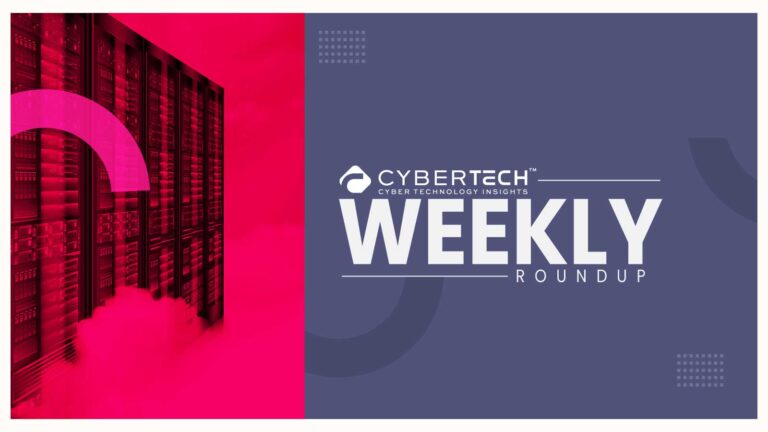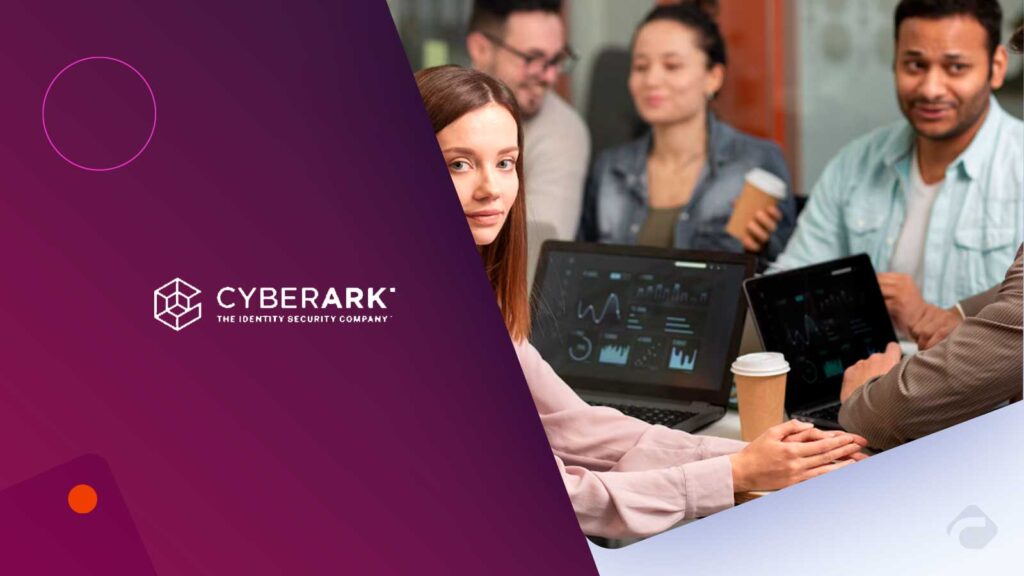Cybersecurity is in a new era, and Black Hat USA 2025 is where it’s all happening. Taking place August 2-7, 2025, at Mandalay Bay, Las Vegas, this international conference is no longer merely a parade of sophisticated hacking methods or vendor proclamations. It’s an immediate snapshot of how AI, large language models (LLMs), and nation-state cyber activities are redefining the handbook of digital defense.
Whether you are a CISO, cloud security engineer, AI developer, or just a tech-savvy enthusiast short on time, this article summarizes what you need to know most at this week’s Black Hat conference. Let’s unlock the top takeaways before they occur live.
A Live Battlefield: What Black Hat 2025 Is All About
Since 1997, Black Hat has been the international platform where the future of cybersecurity gets discussed, demoed, and deconstructed. But 2025 is different.
With more than 19,000 attendees, this year’s event includes:
- Four days of hands-on training (Aug 2–5)
- A day-long AI and CISO Summit (Aug 5)
- Two jam-packed days of Briefings and Arsenal tools (Aug 6–7)
- A vendor-dense Business Hall and new Demo Labs
This isn’t just a conference, it’s a living, breathing cyber threat lab, and everyone’s paying attention.
Dive into what’s ahead at Black Hat USA 2025 – access the complete event timeline here.
AI and LLMs: The Double-Edged Sword in Cybersecurity
Let’s get straight to it. The hottest topic in every room this year? AI’s dual nature.
The Good Side: Defense Gets Smarter
At the AI Summit, cutting-edge security platforms such as Halberd by Vectra AI, Charlotte AI by CrowdStrike, and Microsoft’s Security Copilot took center stage in live demonstrations. These tools leverage LLMs to:
- Simulate attacker behavior
- Detect anomalous activity across cloud environments.
- Automate threat hunting and triage
Imagine saying: “Find every misconfigured S3 bucket created in the last 48 hours and run a simulated breach to test permissions.” That’s not a wishlist anymore. It’s real.
Even non-security groups can now pose natural language questions and receive threat intelligence in real-time.
Recommended: LLMs in Cybersecurity: Your Smartest Ally or Greatest Risk?
The Other Side: Cyber Attackers Like LLMs Too
Unfortunately, the bad guys do as well. Panels cited actual instances where nation-state APTs employed generative AI to:
- Create an extremely realistic phishing message.s
- Sanitize and encrypt malicious code.
- Translate and customize attacks for targeted victims.
OpenAI and Microsoft confirmed earlier this year that Russia, China, North Korea, and Iran-linked groups have used LLMs for offensive security purposes before having access removed from them (source).
One CISO joked at a panel session:
“Phishing previously was full of spelling mistakes. Now it’s written as if it were sent by your CEO’s ghostwriter.”
Nation-State Threats: Espionage Gone Autonomous
If AI is the horsepower, nation-states are the motorists, and they’re not taking their foot off the gas.
Recent briefings showed how state actors are employing AI tools to:
- Focus on the foundational hardware and computing environments essential for AI development, including high-efficiency processors and specialized server facilities.
- Exfiltrate sensitive model weight.
- Shape public opinion with generative misinformation.
A recent report presented in several sessions said that an advanced nation-state could now compromise a U.S.-based AI training cluster with less than $20,000 in gear and access.
The threat is asymmetrical. A low-cost attack. A high-cost consequence.
The Call for Governance
A number of speakers pushed for what they refer to as “AI Incident Regimes.” Ponder it as a cybersecurity NTSB mandatory reporting, audit trails, and government alerts when:
- A model is taken over or manipulated.
- Frontier AI is applied to critical infrastructure.
- National security can be affected.
These proposals show recognition that AI is no longer simply an IT concern. It’s also a sovereignty concern.
Inside Black Hat USA 2025: Trainings, Briefings, and the Future of Cybersecurity
Black Hat USA 2025 returns to the Mandalay Bay Convention Center in Las Vegas, August 2 – 7, with six days of advanced cybersecurity knowledge, best-in-class training, and hands-on innovation.
The event starts with four days of training led by experts (August 2–5), ranging from basics of security practices to advanced red teaming, exploit development, and next-gen defense strategies. Blue team or red team, there’s something for everyone here to hone your edge.
On Tuesday, August 5, Summit Day shines the light on a single-day executive forum with CISO roundtables, closed-door sessions, and strategic takeaways designed specifically for security decision-makers operating in today’s risk-intensive environment.
And then there is the meat of Black Hat: the two-day Main Conference (August 6–7). With more than 100 Briefings, world-class security professionals are presenting cutting-edge research, zero-days, and game-changing strategies to all aspects of AI threat modeling through supply chain resiliency. It’s where tomorrow’s cyber defense plans get born.
Augmenting the Briefings are:
- Arsenal: An on-stage venue for live, open-source tool demos. Watch devs at work as they demonstrate real-world exploits, PoCs, and innovations directly from the underground to the enterprise.
- Business Hall: A jam-packed expo floor bringing together attendees and leading vendors in cloud security, threat intel, SOC tools, IAM, and more.
- Networking & Socials: From meetups through hallway tracks and afterparties, it’s a place to get connected, collaborate, and expand your cyber tribe.
- Pass Access: Briefings Pass holders have on-demand access to all session recordings beginning August 15 for 30 days.
Real-World Use Case: An AI Drill for a Fintech
Let’s make this human for a minute.
Suppose you’re the security lead for a mid-sized fintech company. Your team conducts a quarterly drill on an LLM-driven phishing simulator.
This quarter’s test emails echo the partner’s unique communication style, mirroring their tone, closing phrases, and even inside jokes from earlier exchanges, all reconstructed using ChatGPT and prior message history.
You track:
- Response time: Down 58% from last drill
- Click-throughs: Only 2% compared to 18% last quarter
- Report rate: Up to 76% in 30 minutes
- That’s not theoretical. That’s the way intelligent organizations counter AI with AI.
Meet the Experts Behind the Scenes
What makes Black Hat’s content world-class? It’s the powerhouse minds on the Briefings and Training Review Boards. These aren’t just names – they’re the researchers, CISOs, hackers, and engineers shaping the future of cybersecurity.
Leaders like Heather Adkins, Maddie Stone, Window Snyder, and Kymberlee Price helped handpick this year’s 100+ Briefings. On the Training side, experts like Daniel Cuthbert, Maria Markstedter, and Veronica Valeros ensured every hands-on course delivers real-world value.
Their collective experience guarantees that what hits the stage and the classroom is practical, relevant, and cutting-edge.
Meet the Full Review Board List:
5 Intelligent Takeaways for Cyber Decision-Makers
For those listening remotely or binge-listening between meetings, here’s what you should take away:
1. Use LLMs as Both Allies and Attack Surfaces
Don’t just implement them, red-team them. Model how an attacker might prompt-inject your AI helpdesk or shift from AI to internal apps.
2. Train with AI-Powered Scenarios
Move beyond the usual tabletop exercises. Leverage tools that emulate AI-faked attacks and synthetic identity attacks.
3. Participate in Threat Intel Sharing Networks
Black Hat is encouraging more cooperation between governments and vendors. Participate in groups such as FS-ISAC or CloudSec Collective.
4. Prioritize Identity as the New Perimeter
With hybrid and remote work, especially, identity is paramount. Tools such as EntraGoat and attack path mapping are now a must.
5. Drive AI Security Governance
Whether you’re a CISO or DevSecOps lead, advocate for company-wide AI policies: model validation, red-teaming cadence, and incident response playbooks.
Key Takeaways & 2025 Predictions from Industry Leaders
As Black Hat USA 2025 winds down, the big players had some strong words of warning — and hope. Microsoft and Google stressed how important it is to make AI-driven threat detection more transparent. CrowdStrike raised red flags about how fast nation-state attacks are evolving. Meanwhile, Cisco and Palo Alto Networks called zero-trust a must-have, not a nice-to-have. Looking ahead? Expect more phishing scams powered by AI, smarter deepfakes, and malware built for the cloud. The message was loud and clear: security teams need to get proactive and fast, especially around identity and AI defense.
Conclusion
Black Hat USA 2025 isn’t just an event; it’s a snapshot of what’s next in cybersecurity. From AI that protects us to AI that mimics us, and from policy debates to agentic simulations, it’s clear we’ve crossed into a new era.
This year’s message?
Cybersecurity isn’t just firewalls and zero-days anymore. It’s foresight, agility, and AI fluency.
If you’re reading this during the event, you still have time. Go over to the official agenda, plug in to an AI summit, demo the newest tools, or just bump into someone in the hallway.
Because what you learn this week may be what gets your network through next quarter.
Register yourself for the event now!
FAQs
1. When and where is Black Hat USA 2025?
Black Hat USA 2025 is from August 2–7, 2025, at Mandalay Bay Convention Center, Las Vegas.
2. Do I have an option to attend Black Hat USA 2025 remotely or view content at a later time?
Yes. On-demand access to Recorded Briefings is available from August 15, 2025, for 30 days to registered participants.
3. What are the key topics discussed at Black Hat 2025?
AI in cybersecurity, LLM-driven attacks, nation-state attacks, agentic AI tools, identity theft, and policy regimes are the main themes.
4. What are some highlight speakers at the event this year?
Keynotes include Mikko Hypponen, Ron Deibert, Nicole Perlroth, Jennifer Granick, and Chris Inglis.
5. What is Agentic AI in cybersecurity?
Agentic AI refers to platforms that can plan and conduct security operations (or attacks) on their own. They mimic human-like reasoning and adapt in real time.
For deeper insights on agentic AI governance, identity controls, and real‑world breach data, visit Cyber Tech Insights.
To participate in upcoming interviews, please reach out to our CyberTech Media Room at sudipto@intentamplify.com.







